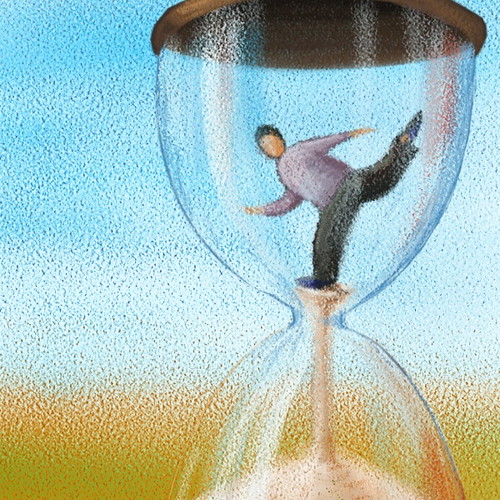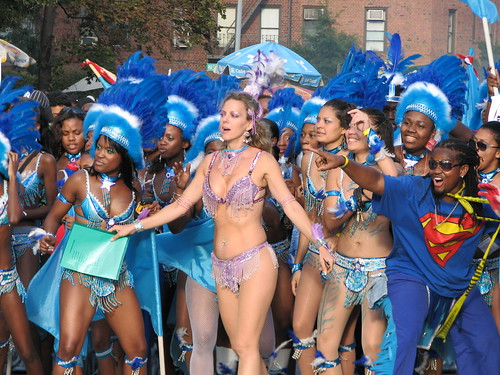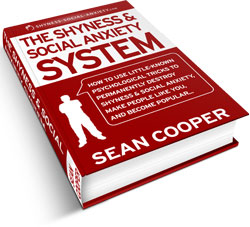
I was recently watching Mark Sisson’s talk about The Lost Art of Play. Mark, who is the author of The Primal Blueprint, takes an interesting viewpoint on playing.
He says that play, in any of its forms, entails three key qualities:
- It’s not directed towards an outcome;
- It’s in the moment, and;
- It’s fun.
So if you look at how many of the things you do on a regular basis have these three qualities, you can get a pretty accurate image of how much time you spend playing and how much time you spend being a ‘serious’ adult.
I think that in our society, we have this propensity of turning play into non-play (or if you like, work). We take a regular form of play, let’s say running, we turn it into a severe competition, we make it about performance and winning, and thus we take the unpolluted fun out of it.
Social Interactions as Play
What does this have to do with social interactions?
Well, I believe that social interactions are fundamentally a form of play.
I didn’t always have this perspective. As a pragmatist, I used to think that you should have a goal in a conversation, and ‘work’ during that conversation to achieve it.
I didn’t realize that from a pragmatic perspective, the goal of most social interactions is an intrinsic one. Paradoxically, the goal is to have fun and be in the moment, without any other extrinsic aim.
Looking back now, I guess I was defining social interaction in an approval seeking and superficial way. And I notice that a lot of the people I interact with as a coach define it in a similar way.
They make social interactions about being liked, being accepted, impressing the other person and so on. They attach a lot of meaning to them and consequently, they feel pressured to ‘perform’ well in any interpersonal interaction they have.
I’m not talking about salary negotiations or a speech in front of 500 people. I’m talking about regular, everyday conversations with friends, people they’ve just met, acquaintances, colleagues or neighbors.
Putting Play Back In Your Social Interactions
If you often feel tense during a normal conversation with other people, you can lay a wager on the fact that in your mind, you’re not treating it as play, but as something very grave.
Thus, you stress yourself during social interactions and you do so pointlessly. Well, it’s time to put play back in your interactions with other people. Here are four tips for this.
Tip 1: Start by consciously recognizing that most social interactions you have are not as serious as your mind mechanically makes them out to be. They’re not that big of a deal. You can allow yourself to relax and act in a more aloof manner.
Tip 2: Breathe. When you take something too seriously, you focus so much and you feel so anxious that you forget too breathe. So, consciously focus your breathing; make it slower and more regulated. This will allow you to relax and get more perspective.
Tip 3: Remind yourself that it’s play, not work. During the interaction, you want to constantly bring back in your mind the concept that it’s not that serious; it’s only a form of play. With practice, this will get easier and you’ll need to do it less.
Tip 4: Treat it as a game. How would you treat an interaction if you deeply believed it was only a game? Maybe you would joke more, be more spontaneous, slouch, or take off that silly tie. Well, do any of these things, and as you change your behavior, your feelings will follow.
Becoming a New You in Social Interactions
If conversations often make you anxious, learning to see them as a play and to have fun without seeking approval is not a walk in the park.
I just gave you a few tips. You need to acquire a new way of thinking and a new way of behaving, as well as a method to practice it systematically, until it becomes a part of you.
In less than two weeks, I’m going to release “Conversation Confidence”: a practical audio guide to making authentic, confident and effortless conversation. If you want to become a confident, relaxed conversationalist, and have more fun with it, this is definitely for you.
Conversation Confidence will teach you step by step how to transform your thinking and behavior related to conversations, and become a self-assured conversationalist who enjoys conversations like a 5-year old enjoys hide and seek.
I’m currently fine tuning this guide, and preparing it for the exciting launch. Stay close.
Image courtesy of lanuiop








